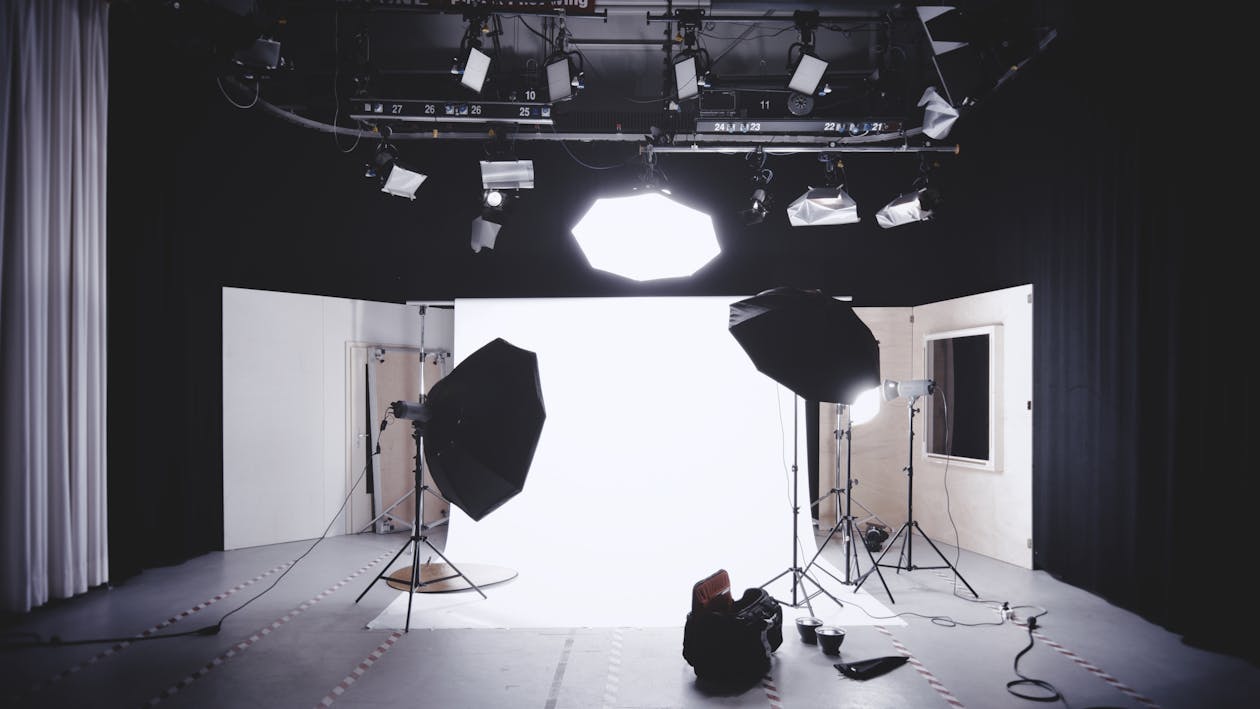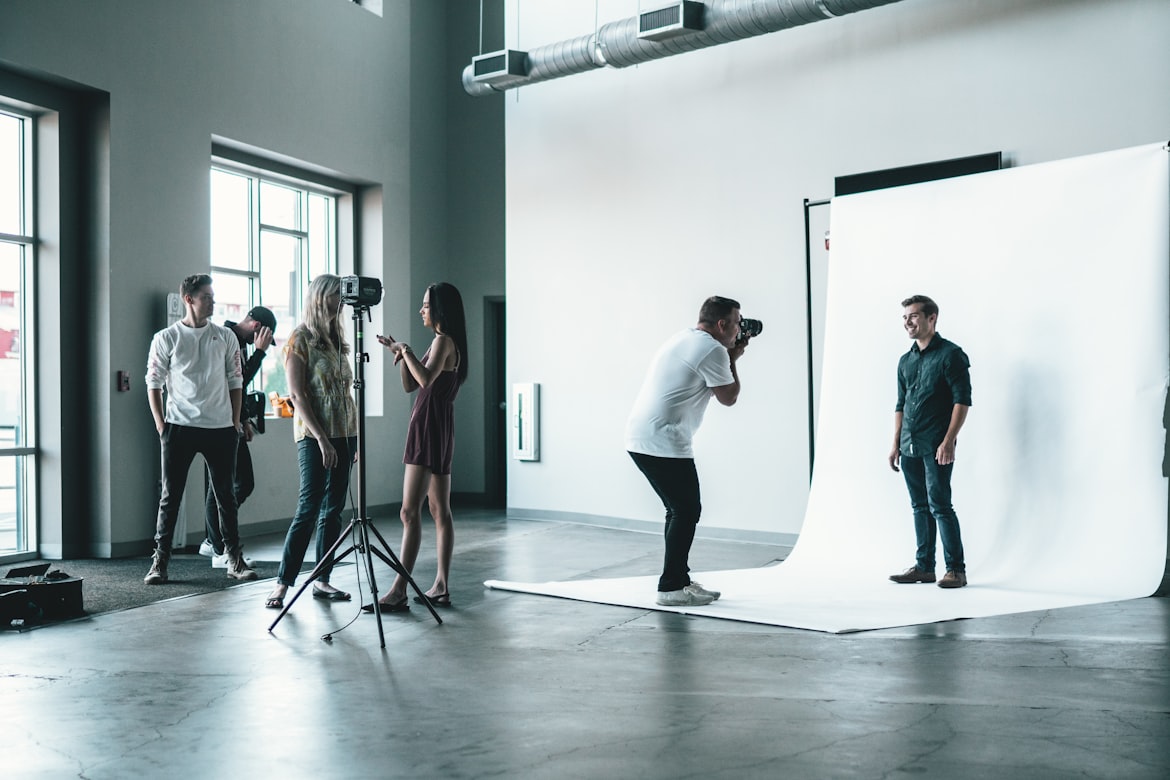As a professional photographer, I understand the importance of having a space dedicated to capturing high-quality images. A home photography studio can offer convenience, flexibility, and control over the shooting environment. In this article, I will share my top tips for building a professional-grade home photography studio that will allow you to produce stunning images in the comfort of your own home.
Why a Home Photography Studio?

There are several reasons why setting up a home photography studio can be beneficial. Firstly, it provides a convenient, cost-effective way to capture high-quality images without the need to rent a studio space. Secondly, it can offer greater control over the shooting environment, allowing you to manipulate lighting and other conditions to achieve the desired effect. Finally, having a dedicated space for photography can help you stay organized and focused, ensuring that you are always ready to capture that perfect shot.
Essential Equipment for a Professional-Grade Home Photography Studio
To set up a professional-grade home photography studio, you will need some essential equipment. Firstly, a camera with a high resolution and the ability to shoot in RAW format is essential. This will allow you to capture high-quality images with the flexibility to edit them in post-production. Secondly, a range of lenses will be needed to capture different types of shots, including wide-angle, telephoto, and macro lenses. A tripod is also essential for stabilizing the camera and achieving sharp images. Other equipment that is needed includes memory cards, batteries, and a computer for editing your images.
Setting Up Your In-Home Photography Studio Space
When setting up your in-home photography studio space, it is important to consider the size and layout of the room. Ideally, you will need a space that is large enough to accommodate your equipment and props, as well as provide enough room for you to move around. It is also important to consider lighting, as this can have a significant impact on the final image. Finally, you will need to ensure that the space is clean and clutter-free, as this will help to create a professional-looking environment.
Lighting for Your Home Photography Studio
Lighting is one of the most important factors to consider when setting up a home photography studio. There are several types of lighting that can be used, including natural light, continuous lighting, and flash lighting. Natural light can be a great option for capturing soft, natural-looking images, but it can be difficult to control. Continuous lighting, such as LED panels or softboxes, can provide a consistent source of light that is easy to control. Finally, flash lighting can be used to freeze motion and create dramatic effects.
Backdrops and Props for Your Home Photo Studio
To create a professional-looking home photo studio, you will need a range of backdrops and props. Backdrops can be used to create a variety of different looks, from simple white or black backgrounds to more complex patterns and textures. Props can be used to add interest and variety to your images, and can range from small items like flowers or books to larger items like furniture or vehicles.
DIY Options for Creating a Home Photography Studio on a Budget
If you are working with a limited budget, there are several DIY options that can be used to create a home photography studio. For example, you can use a white sheet or paper as a backdrop, or create your own softbox using a cardboard box and white tissue paper. Alternatively, you can create your own props using materials that you already have at home, such as books or household items.
Best Practices for Using Your Home Photography Studio
To get the most out of your home photography studio, there are several best practices that you should follow. Firstly, it is important to keep your equipment clean and well-maintained, as this will help to ensure that it lasts for as long as possible. Secondly, you should always shoot in RAW format, as this will give you greater flexibility when editing your images. Finally, it is important to experiment with different lighting, backdrops, and props to find the perfect combination for each shot.
Tips for Marketing Your In-Home Photography Studio
Once you have set up your in-home photography studio, it is important to market it effectively to attract clients. There are several ways to do this, including creating a website or blog to showcase your work, using social media to promote your services, and networking with other photographers or businesses in your area. It is also important to offer competitive pricing and excellent customer service to keep your clients coming back.
Photography Studio Setup and Design Ideas

When it comes to designing your home photography studio, there are several options to consider. For example, you can create a minimalist, modern look using white or black backdrops and simple props. Alternatively, you can create a more traditional look using vintage furniture and accessories. It is also important to consider the layout of the space, as this can have a significant impact on the final image.
Conclusion – Enjoy Your Professional-Grade Home Photography Studio!
Setting up a professional-grade home photography studio can be a rewarding and exciting experience. By following the tips outlined in this article, you can create a space that is both functional and aesthetically pleasing, allowing you to capture stunning images in the comfort of your own home. So, what are you waiting for? Get started on building your own home photography studio today!
If you’re looking for more tips and advice on building a professional-grade home photography studio, be sure to check out our blog. We’re dedicated to helping photographers of all levels improve their skills and achieve their creative goals.






